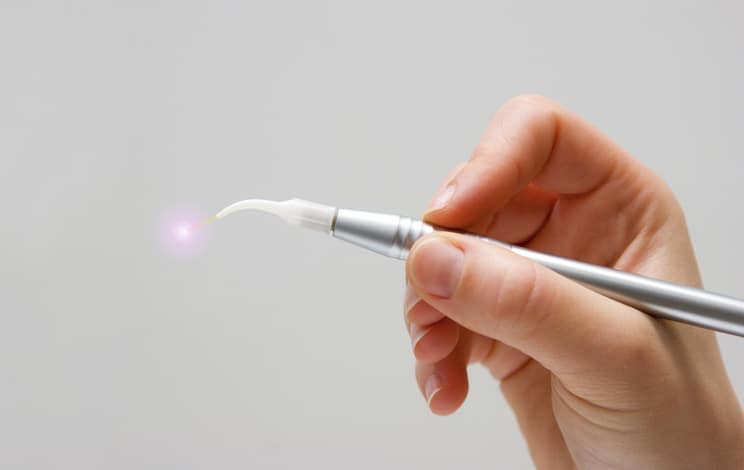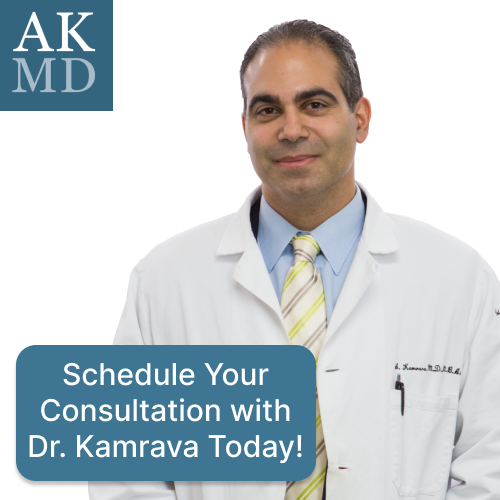What is Laser Treatment for Hemorrhoids?

Hemorrhoids are swollen veins near the lower rectum and anus and if you have them, you may have head of laser treatment for hemorrhoids. Hemorrhoids can become enlarged when there is too much pressure on them and can form either at the anal opening or inside the anal canal (known as external hemorrhoids and internal hemorrhoids respectively).
Constant constipation, prolonged time spent in the bathroom, straining during bowel movements and a low-fiber diet are all risk factors for hemorrhoids.
What Are the Different Types of Hemorrhoids?
Hemorrhoidal disease is the most common disease of the rectum and the large intestine. It is considered to affect about 2.9% to 27.9% of people globally, with more than 4% of cases being symptomatic. Men are more likely to get affected than women. Gaussian distribution is visible with the majority of cases occurring between ages 45 years and 65 years, and then declining after that.
The anal canal is kept tightly closed by providing soft tissue support. The internal anal sphincter and anorectal vascular cushions are required to maintain continence. Hemorrhoids are mostly caused by the downward displacement of the suspensory (Treitz) muscle.
Grades one to four of internal hemorrhoid problems indicate that the prolapses may progress and necessitate reduction. The grades are based on the extent of the prolapse. If these symptoms are not treated, the prolapse will remain outside the anus throughout the day and night.
The external hemorrhoid is caused by straining and can lead to internal bleeding, and become thrombosed (a clot formed inside the hemorrhage). A painful, hard lump may be felt by the patient outside their anus. There is a chance that hemorrhoid may burst if too much pressure builds up.
Key signs and indicators
Here are some common symptoms of hemorrhoids:
- Painless rectal bleeding
- Painful, hard lump next to the anus
- Hemorrhoids that have prolapsed or swollen
- Anus irritation, itchiness or swelling

What Are the Different Treatment Options?
There are now different procedures and methods to treat hemorrhoids that are symptomatic. Non-surgical treatment, conservative medical management and various other surgical procedures are all in use. Rubber band ligation (RBL), cryotherapy, injection sclerotherapy, infrared coagulation, diathermy coagulation and laser therapy are some of the non-surgical procedures that can all be performed without anesthesia. These nonsurgical treatments are considered to be the best for hemorrhoids in grades one through three.
If conservative measures fail to control symptoms, patients may be connected to a surgeon for operative management. The presence of a sizable external component, an associated fissure, extensive thrombosis, hypertrophied papillae or recurrence of symptoms after repeated rubber band ligation are all indications of surgical treatment.
Pain following a hemorrhoidectomy is the most prevalent issue linked to surgical methods. Urinary retention (20.1%), secondary or reactionary bleeding (2.4% to 6%) and subcutaneous abscess (0.5%) are the other initial complications. Long-term complications include anal fissures (1% to 2.6%), incontinence (0.4%), anal stenosis (1%), fistula (0.5%) and recurrence of hemorrhoids.
Laser Hemorrhoidoplasty
A relatively new hemorrhoid treatment called laser hemorrhoidoplasty uses the laser to coagulate the hemorrhoidal arterial flow that is feeding the hemorrhoidal plexus. Laser hemorrhoidoplasty is the best way to get rid of hemorrhoids.
The anesthesiologist must anesthetize patients prior to the procedure. A laser probe is then inserted into the hemorrhoids by the colorectal surgeon performing the procedure. Hemorrhoid shrinks because of the intense heat generated by the laser beam, which seals off the blood vessels and reduces the risk of excessive bleeding during and after the surgery.
Laser hemorrhoidoplasty is a precise procedure that has no impact on the anal sphincters or the surrounding tissues.
Hemorrhoidectomy
Open surgical hemorrhoidectomy is the surgical procedure that is most frequently used to treat hemorrhoids. According to the findings of a study that was conducted at the University of São Paulo in Brazil, laser hemorrhoidectomy has several benefits. It is bactericidal, hemostatic and fast healing. It causes fewer postoperative complications, does not affect neighboring structures and has fewer hemorrhage and stenosis.
However, hemorrhoidectomy has serious side effects like pain, bleeding and wound infection that may require prolonged hospitalization. The pain associated with the laser hemorrhoidoplasty procedure is significantly less than that of the open hemorrhoidectomy procedure. The most common complication that bothers patients and makes them reluctant to have surgery is postoperative pain.
Determining the Treatment
The type of treatment for hemorrhoids is determined by how severe the symptoms are. Despite the majority of the currently used techniques having undergone randomized evaluation, the question of the best treatment method remains unanswered. An uncomplicated hemorrhoidectomy typically results in satisfactory non-surgery outcomes for both the patient and the surgeon.
Recurrent hemorrhoids are quite common. The severity, though, could vary. The coloproctologist or colorectal surgeon will discuss the various treatment options in detail with each patient, considering the patient’s clinical presentations, disease severity, and overall health conditions and concerns.
Benefits of Laser Treatments
A minimally invasive method of treating hemorrhoids is laser hemorrhoidoplasty. The patients get the best results possible with minimal discomfort and a quick recovery after the procedure. Patients lead a better quality and happier life and can quickly get back to their routines after the treatment.
On the other hand, the benefits of laser hemorrhoidectomy include fast healing, no adverse effects on surrounding structures, fewer postoperative complications, less pain, and less hemorrhage and stenosis.
Lifestyle Changes to Reduce the Risk of Hemorrhoids
Hemorrhoids can be greatly reduced by adopting healthy habits and making lifestyle changes.
- Do not sit in the toilet for long (more than 10 minutes). Reading a book or using a cell phone can increase pressure on hemorrhoids
- Avoid overstraining while passing stools
- Resist the urge to hold in your stools when they are difficult to pass
- Drink a minimum of six to eight glasses of water to keep your stools soft
- Eat a high and rich fiber diet with lots of fruits and vegetables
Laser Hemorrhoidoplasty: The Best Way to Get Rid of Hemorrhoids
Laser hemorrhoidoplasty is more popular than the traditional open surgical hemorrhoidectomy. Laser procedures are less painful and take less time when compared with other complicated surgical procedures.
If you want to seek expert guidance, book your consultation slot with Dr. Kamrava and get the best laser treatment for hemorrhoids. Dr. Kamrava will address all the queries you may have and determine the best course of treatment suitable for you.



